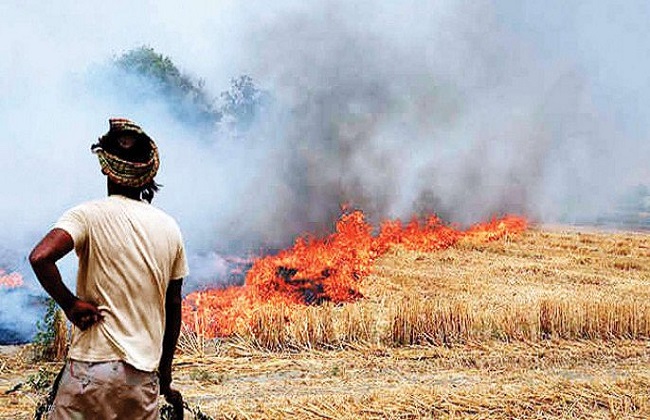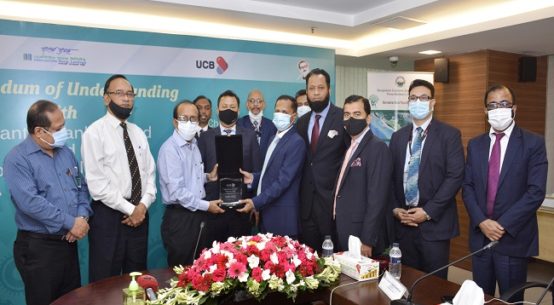
Most traditional husking mills in Naogaon have been shut down in the last five years thanks to their inability to compete with auto-rice mills, high interest rate of bank loans, setting up of more rice mills and non-payment of millers’ dues by traders, according to rice mill owners.
The mills had created employment for 40,000 people in their good time. The workers are now forced to change their profession due to the closure of these mills. Some of them are now agro-laborers, van pullers or garment workers in Dhaka.
Naogaon Food Control office and district rice mill owners sources said farmers here cultivate paddy on 90 percent of land in three seasons a year and produce 28 lakh tonnes of the staple. Centering these paddies, around 1,200 small and large rice mills were set up in 11 upazilas with public and private banks loans.
Of those, 55 are auto-rice mills and the rest are husking mills (traditional manually-run rice mills). In the last five years, around 50 percent husking mills have been closed due to losses although auto-rice mills remain operational. The remaining husking mills are also about to close.
Naogaon Rice Mill Owners Association General Secretary Farhad Hossain Chawkder said the husking mills, once profitable, have been closed thanks to losses in business and high interest rate of bank loans.
“The key reasons behind the closures of the mills are — lose to the competition with auto-rice mills, high bank interest rate, setting up more rice mills against needs and non-payment of mills’ dues by traders,” he added.
In the peak season, the district produces 2,200-2,300 tonnes of rice per day on average. Of those, traders from different districts including Dhaka, Chattogram, Cumilla and Gazipur buy 150 truck-loads (each with 15-tonne capacity) of rice. Each tonne is sold for Tk 50,000. Thus, rice worth about Tk 11 crore is in the district per day.
Husking mills failed to meet the demand in a competitive market, especially in monsoons and winters; they take up to 8-10 days from soaking and drying 200 maunds of paddy to making rice. But auto rice mills are able to produce more rice in less time with less labor.
Rice husking millers suffer huge losses for failing to capture the market in time, causing the closure of half of the mills. Many more are about to close.
Moreover, due to high interest rates of the bank and its inability to compete with auto rice mills, the husking mills started closing one after another. Some of those have been rented out to plastic and automobile parts factories, feed mills and for drying wood husks.
Firoza Begum, Rezia and Kohinoor Begum, workers of Messrs Mumtaz Rice Mill, said they, six women, used to get Tk 600 and 45 kg of rice for soaking and drying one Chatal (200 maund) paddy. They now get Tk 100 and 7.5 kg of rice per person and find it difficult to run the family with the money.
Mostafizur Rahman, proprietor of Messrs Ruzifa Rice Mill, said, “I set up the mill with a Tk 20 lakh loan at 18 percent interest from a private bank and it was in operation for 10 years. After facing losses in several phases, I closed the mill four years ago.”
He said, “I have sold four bighas of land to repay the bank loans. Now I have rented the mill as a battery-powered vehicles’ garage.”
Farhad Hossain Chakder, general secretary of Naogaon Rice Mill Owners’ Association, said the banks had 18 percent interest rate from 2016 to 2018. Current single digit (9 percent) interest has brought some relief for the rice mill owners.
He said the government allocates a small amount (on an average 7 tonnes per mill) for husking mills. To keep those running, 50 tonnes of rice needs to be allocated every year during the government’s rice procurement drive.
Naogaon Food Control Officer (Acting) Alamgir Kabir said 883 rice mills were contracted during the last boro season. Of these, 51 are auto rice mills and 832 are husking mills.
However, he did not make any comment regarding the closed rice mills.


